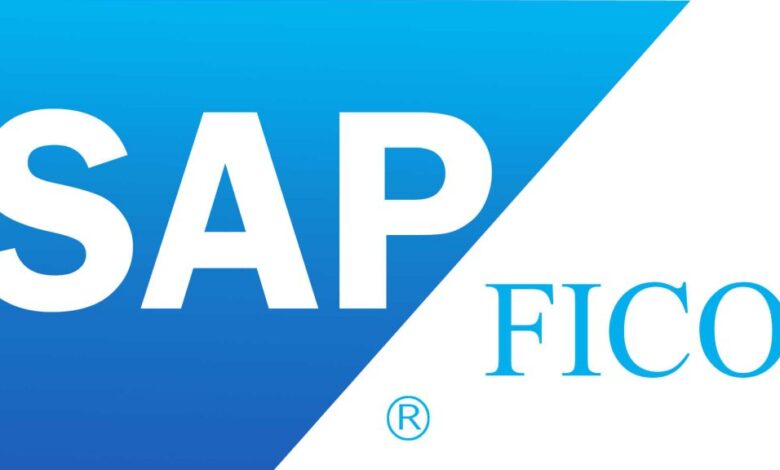Mastering the Art of Financial Management With SAP Finance

SAP Finance includes the tightly integrated Financial Accounting (FI) and Cost Controlling (CO) modules. It records all financial transactions and produces correct statements at the end of a reporting period.
It automates the most complex business financial processes and improves efficiencies. It helps reduce the number of errors and enables organizations to adapt to unexpected changes.
Real-time Reporting
The SAP Finance software platform is a powerful tool, but it can be overwhelming for business users who need to be IT-oriented. When the time comes to perform month-end closing, users often face a challenge in gathering and consolidating data from different reports and modules. In addition, they must reconcile GL balances against external sources. It can be time-consuming and tedious.
One of the capabilities of SAP finance is its real-time reporting. The system is designed to process things automatically wherever possible, saving time and money. It also includes predictive analytics, allowing businesses to make accurate forecasts. It can help them reduce costs, improve profitability, and support new business models.
SAP FI’s sub-modules are all interlinked, and transactions update in real-time. They are accessible anytime, enabling the company to extract trial balances to analyze and prepare financial statements. It eliminates the need to rely on spreadsheets, which can be inaccurate and inefficient.
Some critical sub-modules of SAP FI are operating expense planning, product cost accounting, sales and profitability planning, and particular purpose ledger. The system can also handle cash management, inventory and cost center planning, and fund accounting. It can also manage fixed asset acquisitions, sales and retirements, revaluations, and depreciation. Lastly, it can track budgets and provide forecasts for revenues and expenses.
Automation
SAP Finance has automation capabilities that streamline and automated accounting and treasury processes. These include automation of journal entry processing, account reconciliation, financial reporting, and compliance management. It allows you to reduce manual errors and increase financial transparency in your business.
You can transfer $1,000 from Cash to the Marketing Department cost center to monitor spending and track asset acquisition. The system can automatically handle recurring transactions, such as adjusting accruals and posting expense reports.
Other automation features in SAP FI include automated GL transactions, intelligent GR/IR account reconciliation, and advanced workflow approvals. It can significantly speed up the period-end closing process and improve audit and compliance management. The system also offers a unified journal, which moves you closer to a single accounting transaction repository. It eliminates the need to post to different individual ledgers such as the classic General Ledger (GL), Material Ledger, FI-AA, and CO.
The system can also handle all banking transactions through the sub-module SAP Bank Accounting sub-module. It enables you to register all your banking data and accounts and manage all outgoing and incoming payments in one place. It also supports integrating other modules, such as Accounts Payable and Accounts Receivable, and reconciling with the General Ledger.
Adaptability
The finance department needs to adapt quickly to new business requirements, which means providing real-time insights to the organization. This is where SAP comes in. The financial management software gives leaders a clear picture of what is happening in the company with real-time data that can be analyzed immediately.
For example, SAP FI comes with the New General Ledger that allows you to accelerate your period-end process by providing a single source of truth for all accounting values posted in the system. It helps reduce reconciliations and enables you to automate some of your period-end activities, such as accruals and journal entries.
Another way SAP FI can be more agile is by enabling you to manage profit center reorganizations more easily. Given the changes many organizations undergo, this is an important capability to stay competitive and satisfy customers.
In addition, the platform is designed to help your organization manage its risk and compliance with regulations. It includes risk management capabilities such as credit risk, market risk, operational risk, liquidity risk, legal entity type risk, and supply chain finance functionality. These features are essential in the current climate of economic uncertainty, where challenges have driven finance teams to rethink their processes.
Integration
SAP’s Finance suite has numerous capabilities that help connect and streamline your business operations. It includes automating and managing everything from invoicing, billing, cash flow, and reporting to budgeting, forecasting, and planning.
The unified general ledger (table ACDOCA) in SAP brings you closer to a single accounting transaction repository. With this, posting to one universal journal replaces posting to different ledgers such as the material ledger, FI-AA, and CO (except costing-based profitability analysis).
The general ledger handles all accounting transactions that your company posts for external and internal financial reporting. Its data resides in a set of available ledger accounts known as a chart of accounts, which is utilized for preparing financial statements. Its functions include registering all invoices and credit bookings, incoming payments, and settling cash transactions. Similarly, it records all company fixed assets, such as property, land, and heavy equipment, and manages the corresponding transactions, such as asset acquisitions, retirements, sales, transfers, revaluations, and depreciation. It also enables you to reconcile and compare your bank statement data with those in the system. Lastly, it allows you to model scenarios and unite planning, budgeting, and forecasting in one place. You can also streamline your closing process with a centralized dashboard to manage and monitor closing tasks, schedules, and dependencies.



